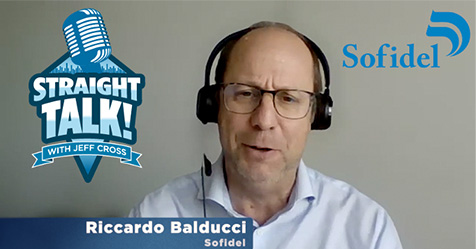CMM spoke with Gregory Gardner about his environmental services (EVS) challenges and solutions at a Florida hospital as director of EVS at Crothall Healthcare.
How long have you been working in EVS?
Gregory Gardner: I have worked in environmental services for 15 years and as EVS director for Crothall Healthcare for four years.
What are some of the biggest problem areas in the facility you clean?
Gardner: Some areas in the hospital still have floors made of vinyl composition tile (VCT) that require a lot of upkeep but experience high traffic throughout the day and night. It is difficult to
have time to close these areas for maintenance and correction because we don’t want to inconvenience our guests or their families.
How have you handled the challenges in these problem areas?
Gardner: We have adjusted our times when we attempt to correct floors. Now, we do all the work associated with these floors during the third shift. Our third-shift tech is able to scrub and recoat or strip and wax the floors without interruption and without inconveniencing people.
Please give a step-by-step account of your problem-solving methods.
Garder: Our seven-step process for most tasks is:
- Observe the opportunity.
- See what challenges we are working with and what we need as resources.
- Find the team that can complete the work.
- Explain what we are doing and our time frame for completion.
- If there are no objections, start the task.
- Routinely check on the progress of the task.
- Check completed work for errors.
Do you have a specific cleaning protocol you follow for high-traffic areas?
Gardner: Whenever we have the opportunity, our tech starts with dusting all the baseboards, then dusts and cleans high areas, low areas, and corners and edges in all the high-traffic areas.
What advice would you give to other EVS workers who also struggle with these problem areas?
Gardner: Don’t give up. As the old saying goes, there is more than one way to skin a cat. Determine how long the task will take and what time of the day you could service the area without disrupting the flow of patients and visitors. Then make a plan, not only for your own workers and the resources they will need, but also for other department leaders that need to be involved. Once
you have covered all these steps, you should be able to handle your problem area.




